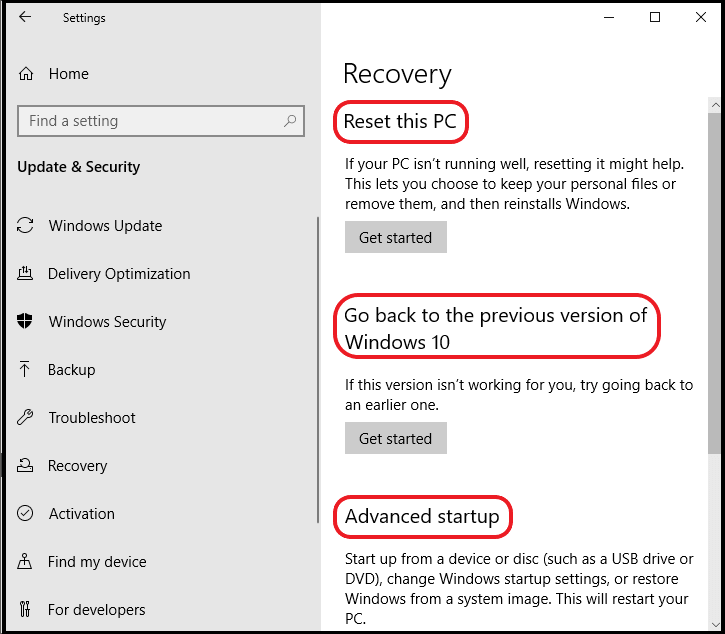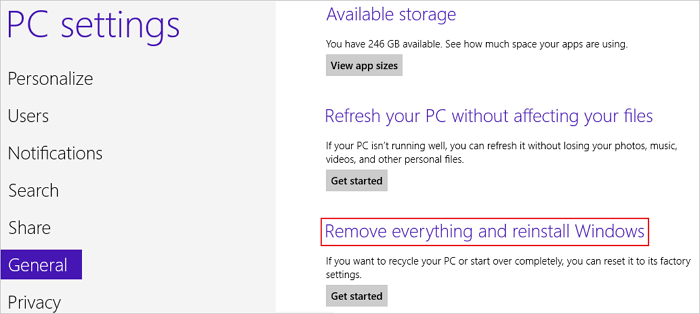

You can find these either in the Account menu or the Apple menu under System Preferences. Securely wiping MacOS (Macs, Macbooks)Īfter you back up your files, it’s time to deauthorize iTunes or log out of iCloud, depending what version of Mac OS your computer is using. If you have a newer device that uses an eSIM, you’ll be asked to erase your eSIM profile as well (which you should).Įnter your password when asked, then hit Erase. Return to the Settings menu, and go to General > Reset > Erase All Content and Settings. You can do this on recent Apple devices by going to Settings, then to your name, then scroll down until you find Sign Out.

Then, sign out of iCloud and the App Store. Securely wiping Apple iOS devices (iPhone, iPad, touch)Īfter you’ve backed up your files, unpair your Apple Watch if you have one. If your cell phone or tablet has an SD card (most don’t) remember to remove it. Ideally, you’ll save those important files to both. Make sure you double and then triple-check that you saved everything you may want on a separate device, or to the cloud. Of course, that’s the point of the reset process. That means you’re erasing all the photos, videos, documents, and everything else on there. If you wipe your device, you won’t be able to access any of its files. Here’s how to securely wipe your device - whether it’s a computer, phone, or tablet. This is far more than just “logging out.” It’s removing all traces of your ownership from the device. Not only does erasing give the recipient an almost brand-new device, but it’s infinitely safer for your own privacy and security. If you’re selling, donating, or gifting an old device like a phone, tablet, or computer, it’s a good idea to wipe all your personal data first.


 0 kommentar(er)
0 kommentar(er)
